Search
Search Results
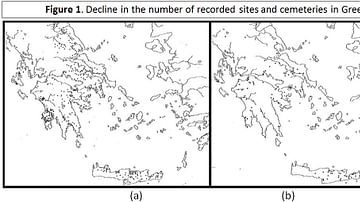
Image
Figure 1 - Decline in the number of recorded sites and cemeteries in Greece
Recorded sites and cemeteries in Greece. (a) LH IIIB period , shows a total of 628 sites and cemeteries. (b) LH IIIC period, shows a total of 147, a reduction of slightly over 75% in the number of recorded sites and cemeteries. (Source...
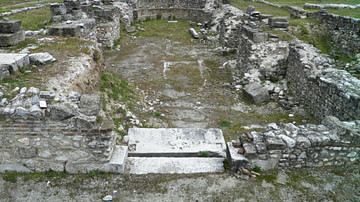
Image
Dion Episcopal Basilica, Greece
The Episcopal Basilica at Dion in Macedonia (Greece) was first built in the 4th century CE along the road leading to Mount Olympus. It was expanded in the 5th century CE.
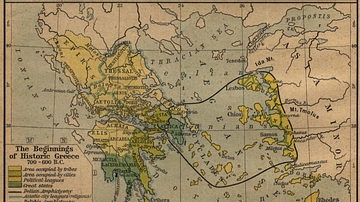
Image
The Beginnings of Historic Greece
The Beginnings of Historic Greece. 700 - 600 B.C.

Image
The Panathenaic Way, Athens, Greece
The Panathenaic Way was the road leading from the main gate of Athens up to the Acropolis and built for the purpose of the great Panathenaia religious festival.
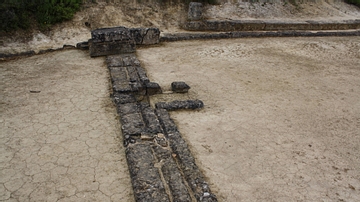
Image
Stadium Starting Block, Nemea, Greece
The starting line or 'balbis' consisted of 12 lanes with posts held in vertical sockets between which a catapult mechanism or 'hysplex' of tensed rope would prevent any athlete from false starting. A judge would simultaneously release the...

Image
The Aristotle University of Thessaloniki, Greece.
The western side of the campus of the Aristotle University of Thessaloniki.
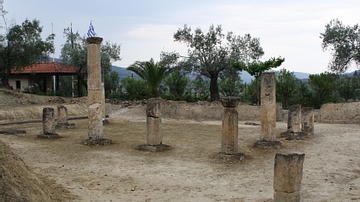
Image
Athletes Locker Room, Nemea, Greece
The 'Apodyterion' or athletes locker room was where athletes would have made their final preparations before entering the stadium via a passageway and tunnel linking the two. The building originally surrounded a small court on three sides...
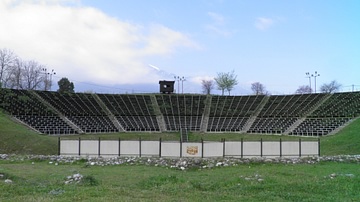
Image
Dion Hellenistic Theatre, Greece
The Hellenistic Theatre at Dion in Macedon with Mount Olympus in the background. The theatre was built into a natural hill during the 3rd century BCE. It underwent several phases of modification during the reign of Philip V (r. 221-179 BCE...
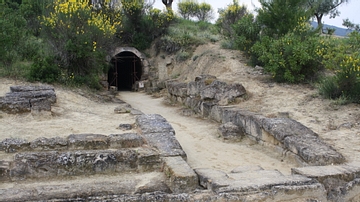
Image
Stadium Entrance Tunnel (East End), Nemea, Greece
Constructed in 330-320 BCE, the entrance to the stadium is mostly hidden from view from the spectators in the stadium and the athletes entrance would have been all the more dramatic.
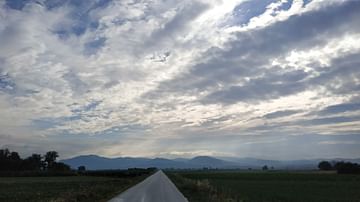
Image
The Landscape of Rhodope, Greece
The Thracian landscape in Rhodope in the early spring. The name of the region emerged from Rhodope, a Thracian naiad and daughter of the river Strymon. The naiads, daughters of the river gods Potamoi, were water nymphs who lived in lakes...